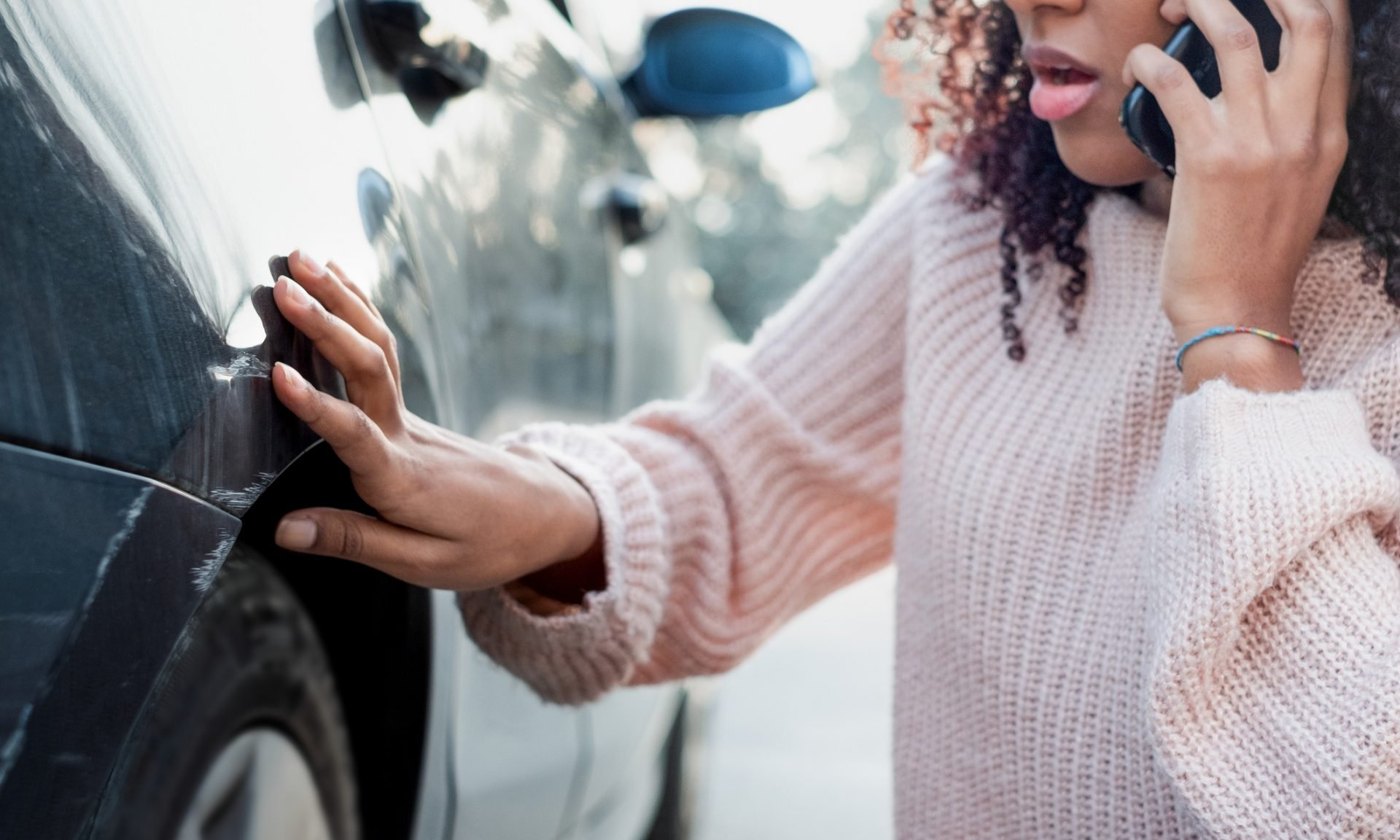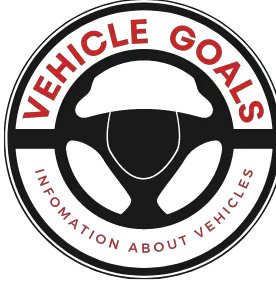Yes, you can get pulled over for driving a damaged car as it may violate traffic laws and pose a safety risk. Driving a damaged car can potentially get you pulled over by law enforcement officers.
Importance Of Maintaining A Safe Vehicle
It is important to maintain a safe vehicle in order to prevent accidents and avoid potential legal consequences. Driving a damaged car can increase the risk of accidents as it may compromise the functionality and safety of the vehicle. Ensuring roadworthiness is crucial, which involves regularly maintaining and repairing any issues with the car. Regular inspections, servicing, and repairs can help identify and rectify any faults or damages that might affect the vehicle’s performance on the road. A well-maintained vehicle can contribute to safer driving conditions, reducing the likelihood of accidents caused by mechanical failures or compromised safety features. Failure to maintain a safe vehicle can lead to violations of traffic laws, which may result in legal consequences such as fines, penalties, or even license suspension. By prioritizing vehicle maintenance and addressing any damages promptly, drivers can significantly reduce the risk of accidents and maintain compliance with traffic regulations.
Defining The Concept: What Classifies As A Damaged Car?
Damage classification for cars depends on various criteria. Firstly, the external appearance of a car plays a significant role in determining its damage status. External damages can include scratches, dents, and other visible impairments to the car’s body. The severity of these damages is considered when classifying a car as damaged, as minor scratches may not qualify.
Additionally, the mechanical condition of the car is another crucial aspect. Mechanical damages refer to issues with the engine, transmission, suspension, or any other major component of the vehicle. These damages can render the car unsafe or unreliable to drive, contributing to its classification as a damaged car.
Types Of Damage: External And Mechanical
Damage to a car is commonly classified into two types: external and mechanical. External damages typically affect the car’s aesthetics and can be caused by accidents, harsh weather conditions, or vandalism. On the other hand, mechanical damages involve problems with the car’s functionality and can stem from engine malfunctions, transmission failures, or worn-out components.
| Type of Damage | Description |
|---|---|
| External | Affects the appearance of the car, such as scratches, dents, or broken windows. |
| Mechanical | Involves issues with the car’s mechanical systems, such as engine, transmission, or suspension problems. |
Relevant Traffic Laws And Regulations
Compliance with Vehicle Inspection Standards:
It is essential to ensure your vehicle meets all the necessary inspection standards to avoid potential legal issues. Regular inspections are crucial to guarantee the safety and roadworthiness of your car. By maintaining your vehicle in good condition, you reduce the chances of being pulled over by law enforcement officials.
Safety Equipment Requirements: Lights, Mirrors, and Signals:
To comply with traffic laws, your car must have properly functioning lights, mirrors, and signals. This includes headlights, taillights, turn signals, and rear-view mirrors. Failure to maintain these safety features can make your vehicle more susceptible to being stopped by the police.
Ensuring Proper License Plates and Registration:
Accurate and up-to-date license plates and registration are essential for avoiding unnecessary traffic stops. Make sure your plates are clearly visible and comply with all registration requirements set forth by your local transportation department.

Credit: www.nerdwallet.com
Violating Roadworthiness Standards
A damaged car can pose safety risks and potentially lead to a traffic violation. Violating roadworthiness standards can result in getting pulled over by law enforcement officials.
Damaged or inoperative lights, signals, or mirrors can obstruct visibility, making it dangerous to navigate roads. It is crucial to ensure that these components are properly functioning and in good condition.
Another aspect that may lead to getting pulled over is having bald tires or other unsafe tire conditions. Tires with low tread depth or visible damage can compromise traction and control, especially in wet or slippery conditions.
Failing to have an intact windshield and windows can also be a potential violation. Cracks or chips in the windshield or broken windows can obstruct the driver’s view and compromise safety.
The Role Of Smog And Emissions
Driving a damaged car can potentially lead to getting pulled over by law enforcement. One aspect to consider is the role of smog and emissions in vehicle inspections.
Emission standards play a crucial role in determining whether a car is roadworthy or not. Defective exhaust systems can significantly impact a vehicle’s emissions, making it more likely to fail an emission test.
The consequences of failing emission tests can vary depending on the jurisdiction. In some areas, failing an emission test may result in the car being flagged as non-compliant, leading to fines or even vehicle impoundment. In other cases, the car may be required to undergo repairs and retesting to meet the emission standards.
It is important for car owners to regularly maintain their vehicles and address any issues related to emissions and exhaust systems. This ensures not only compliance with regulations but also helps in reducing pollution and contributing to a healthier environment.
Brake And Steering System Issues
Driving a damaged car can not only put you at risk of being pulled over but also pose a serious threat to your safety and the safety of others on the road. One of the most crucial systems in a car is the brake and steering system. If these systems are compromised, it can result in impaired control and braking ability, increasing the risk of accidents.
When the brake system is damaged, it may take longer for the car to come to a complete stop, especially in emergency situations. This can lead to rear-end collisions, especially if the driver behind is not expecting a delayed brake response. Additionally, a damaged steering system can cause poor handling and difficulty in maneuvering the vehicle, making it challenging to navigate corners or avoid obstacles on the road.
To ensure your safety and prevent being pulled over, it is essential to keep your car in good condition. Regular maintenance, including brake and steering system inspections, can help identify any issues early on and address them promptly.
Remember, driving a damaged car not only poses a risk to your safety but also the safety of others. Taking the necessary steps to maintain and repair your vehicle can go a long way in preventing accidents and ensuring a smooth and hassle-free driving experience.
Effects On Visibility And Driver Safety
Driving a damaged car can have serious effects on visibility and driver safety. One common issue is a cracked windshield, which can reduce visibility and compromise the structural integrity of the car. A cracked windshield can distort the driver’s view of the road, making it difficult to see obstacles, other vehicles, or pedestrians. It can also impede the effectiveness of windshield wipers, further compromising visibility in rainy or snowy conditions.
Another problem area is damaged mirrors, which can limit the driver’s field of vision. A cracked or broken side mirror can make it challenging to see vehicles approaching from the side or rear, increasing the risk of accidents when changing lanes or merging.
| Effects of Damaged Car on Visibility and Driver Safety |
|---|
| Reduced visibility |
| Distorted view of the road |
| Impaired effectiveness of windshield wipers |
| Limited field of vision |
| Risk of accidents when changing lanes or merging |
Structural Damage And Its Consequences
Driving a damaged car can have serious consequences, especially if the damage is structural in nature. Structural damage refers to any damage that affects the frame or integrity of the vehicle. It can result from accidents, collisions, or even wear and tear over time.
Frame and Structural Integrity: Impact on Safety and Handling
One of the biggest concerns with structural damage is its impact on the vehicle’s safety and handling. The frame of a car provides structural support and helps distribute the force of any impact. When the frame is compromised, it can significantly reduce the car’s ability to withstand a collision and protect its occupants.
Compromised Vehicle Stability
In addition to safety concerns, structural damage can also affect the stability of the vehicle. Damage to the frame can alter the car’s center of gravity, making it more prone to rollovers or loss of control. This can have serious consequences, especially at higher speeds or in emergency situations.
Addressing Structural Damage
If you are driving a damaged car, especially one with structural damage, it is important to address the issue as soon as possible. Consult with a professional mechanic or body shop to assess the extent of the damage and determine the best course of action. Ignoring or neglecting structural damage can lead to further complications and increase your risk of accidents or legal trouble on the road.
Handling A Traffic Stop
When pulled over for driving a damaged car, it is important to handle the traffic stop with composure and cooperation. Remaining calm can help alleviate any suspicions the officer may have. Firstly, it is crucial to provide the necessary documents when requested by the officer. This includes your driver’s license, registration, and proof of insurance. Keeping these documents readily accessible can speed up the process and demonstrate your willingness to comply.
If your car is visibly damaged, it is advisable to convey any relevant information to the officer, such as if a recent accident caused the damage. Honesty is key when explaining the situation. Remember to follow the officer’s instructions, staying cooperative and respectful throughout the interaction. Avoid any sudden movements that could raise concerns. By following these guidelines, you can help ensure a smooth traffic stop despite driving a damaged car.
Addressing Vehicle Safety Concerns
Possessing a damaged car can raise safety concerns, but can it actually get you pulled over? The answer lies in adhering to roadworthy standards and ensuring the proper repair or replacement of damaged components. When it comes to vehicle safety, maintaining a well-functioning car is crucial. If a car’s damage compromises its safety features or poses a risk to other road users, it may attract the attention of law enforcement. It is essential to promptly repair or replace any damaged components such as lights, mirrors, or glass to avoid potential legal consequences.
Regularly inspecting your vehicle and addressing any issues promptly can help ensure compliance with roadworthy standards. Failing to address damaged components not only risks legal consequences but also compromises your safety and the safety of others on the road. Taking the necessary steps to repair or replace damaged parts demonstrates your commitment to vehicle safety and responsibility as a driver.
Frequently Asked Questions Of Can You Get Pulled Over For Driving A Damaged Car
Is It Illegal To Drive Around With A Damaged Car?
Yes, it is illegal to drive a damaged car as it poses risks to safety and violates road regulations.
Can I Drive My Car With A Damaged Bumper?
Yes, you can drive your car with a damaged bumper, but it’s not recommended. A damaged bumper can compromise safety and protection for your vehicle. It’s important to repair or replace it as soon as possible to maintain the integrity of your car.
What Makes A Car Unsafe To Drive?
A car can be unsafe to drive due to various reasons, such as faulty brakes, worn-out tires, malfunctioning steering, or engine problems. These issues can jeopardize your safety and the well-being of others on the road. It’s crucial to address any potential safety concerns before driving the vehicle.
Can I Drive With A Dent In My Car?
Yes, you can drive with a dent in your car. However, it may affect the vehicle’s aesthetics and potentially reduce its resale value. Additionally, if the dent is located in a critical area, such as near the wheels or doors, it could impact functionality.
Can You Get Pulled Over For Driving A Damaged Car?
Yes, you can get pulled over for driving a damaged car because it can pose safety risks to you and others on the road.
Conclusion
Driving a damaged car may increase your chances of getting pulled over by law enforcement. Safety should always be a top priority, not only for yourself but for other drivers on the road as well. Regular maintenance and prompt repairs can help prevent potential traffic violations and ensure a smooth and worry-free driving experience.
Stay responsible, take care of your vehicle, and follow traffic laws for a hassle-free journey.





